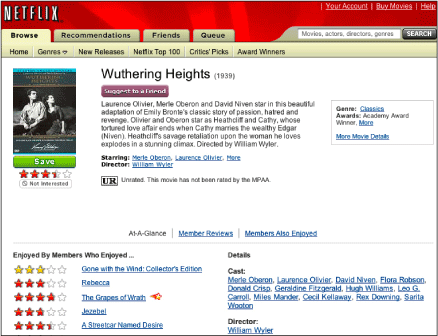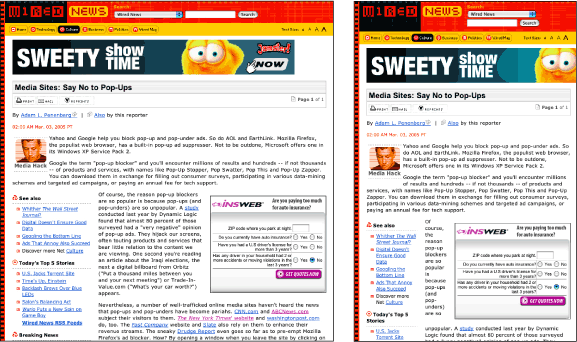Fundamentals
Introduction
For Web sites to be functional, their content must be accessible and their functions operable—these are basic requirements. When we consider these requirements within the context of a universal Web, with its diversity of users and access technologies, several fundamental principles emerge to guide our efforts toward universal usability.
The most basic principle is to design simply. This applies to all areas where design is in the service of function. In The Elements of Typographic Style, Robert Bringhurst asserts, “Typography exists to honor content.” On the Web, design exists to enable access to content and functionality. Bringhurst goes on to say, “Typography... aspires to a kind of statuesque transparency.” The same holds true for Web design. A well-designed Web site has just enough emphasis to spark interest and draw attention to important elements, but not so much as to distract the user from content or to hinder functionality. In Web design, the best way to achieve a balance between engaging and overwhelming the user is to apply the simplest solution to any design problem. Simple solutions produce simple, clean pages that load quickly and are easier to maintain (Figure 1.1).

Figure 1.1: The Netflix site is simple, clean, and easy on the eye, with no superfluous elements demanding attention. The site features services and content rather than branding and design. www.netflix.com
From a construction standpoint, designers are well outfitted for building universally usable Web sites. The Web was designed to support universal access, and access features are integral to the technology. One method for providing universal access is using fallbacks—content presented in alternate formats to meet the needs of different users. In many cases, the provision for fallbacks is built into Web markup, such as alt-text for images.
The Web can accommodate alternate formats, such as PDF, Flash, and Shockwave. In general, these formats are inferior to HTML for providing universal usability. Many alternate formats have tried to accommodate accessibility concerns by adding features such as support for structural markup and keyboard access, but these features are not integral to the format as they are with HTML. Alternate formats should be used only as an alternative to accessible HTML.
From a markup perspective, universal usability relies on three fundamental attributes: keyboard accessibility, flexibility, and user control.
Web pages have controls that users must be able to operate in order for a page to be functional. Interactive interfaces rely on user input to trigger actions. Some users do not use a pointing device, such as a mouse, but provide input either through a keyboard or some other device that activates keyboard controls. For these users, actionable items such as buttons, links, and forms must be workable using the keyboard.
Flexibility is a basic characteristic of Web pages. For example, pages that adapt to fill the browser window are more accessible than pages that are fixed at an “optimal” width. The concept of fixed design makes no sense in the Web context, where “optimal” is influenced by so many variables—text size, browsing device, display size, window size, and so on. On the Web, the optimal design is one that adapts to the user’s environment (Figure 1.2).

Figure 1.2: The Wired site uses a flexible layout that keeps its integrity at different window widths. www.wired.com
Flexible design makes sense on the Web because users have a large measure of control over their environment. Users can view pages with or without formatting, with their own preferred colors and fonts, with or without link underlines, in a wide or narrow browser window—the list goes on. The Web environment is unique in that both user and designer share responsibility for the user experience. Designers need to respect this partnership and avoid using elements such as text graphics and fixed-width pages that cannot be modified by the user.

